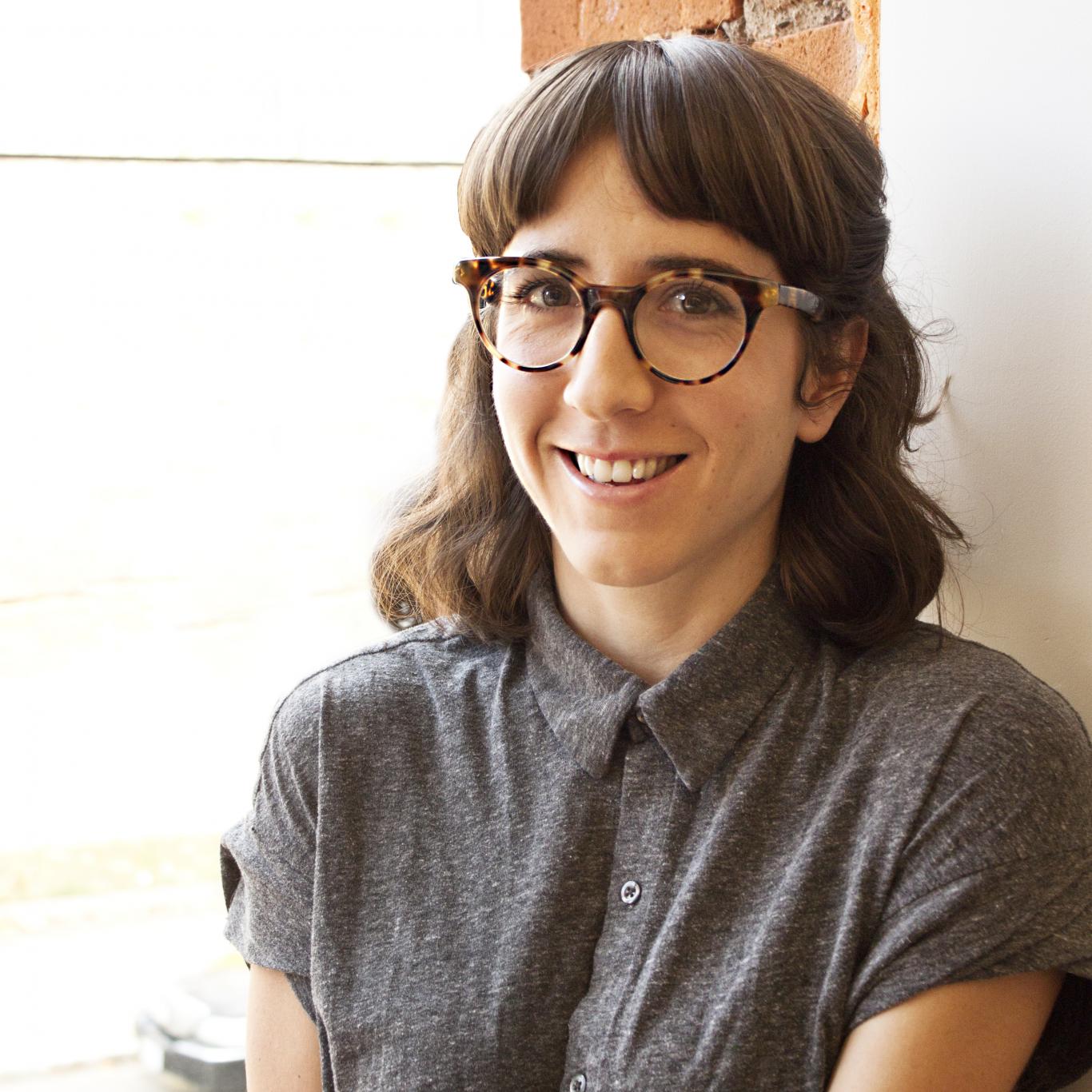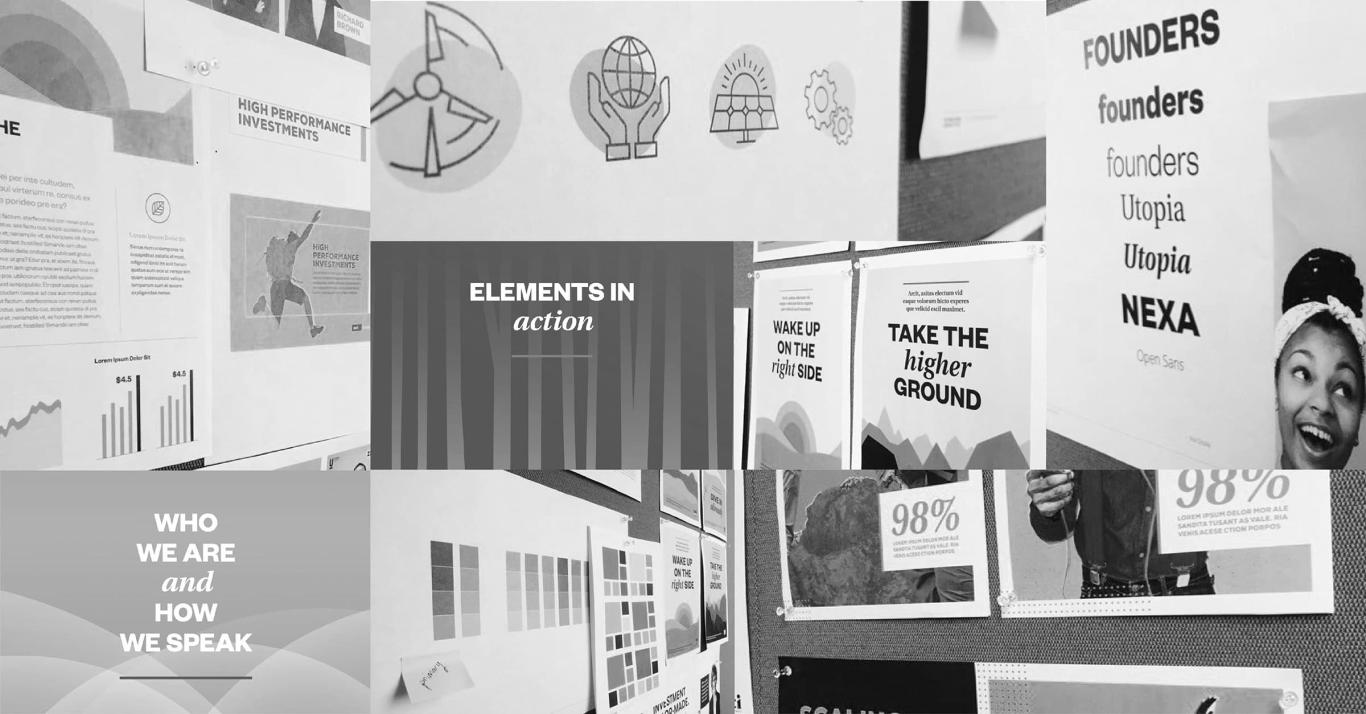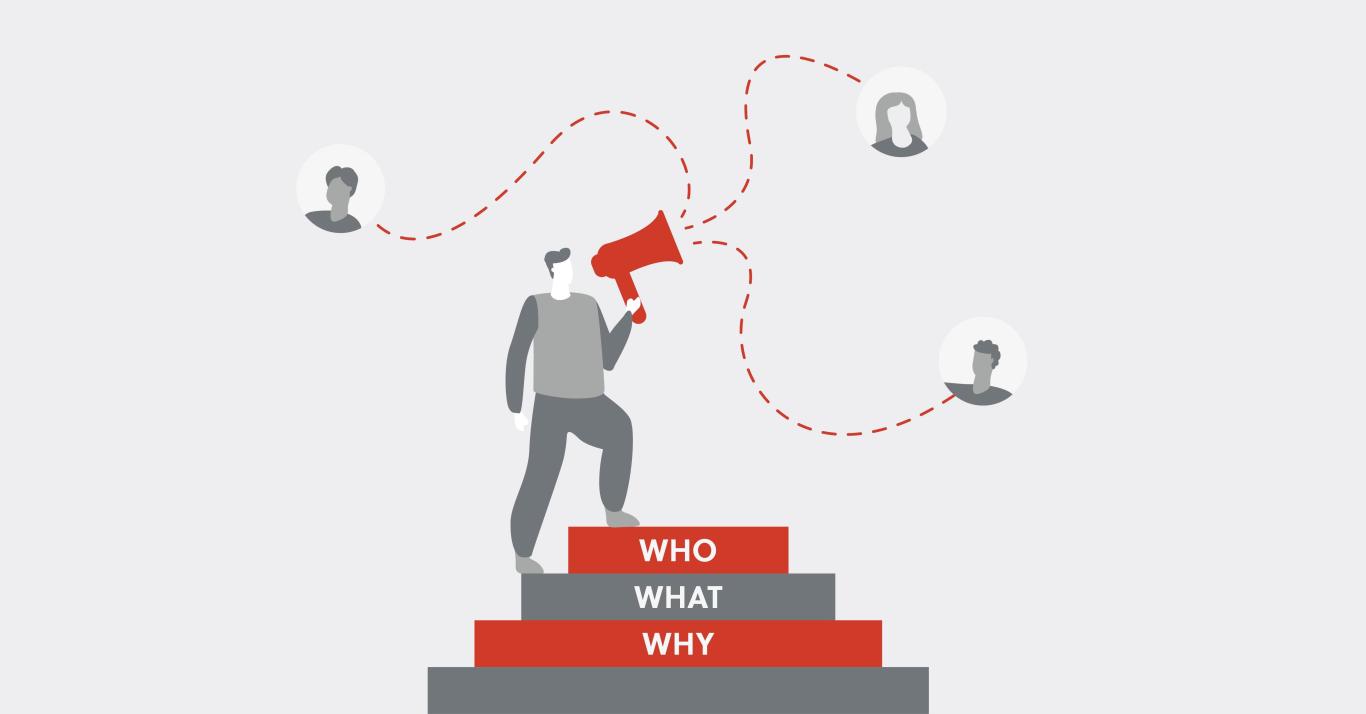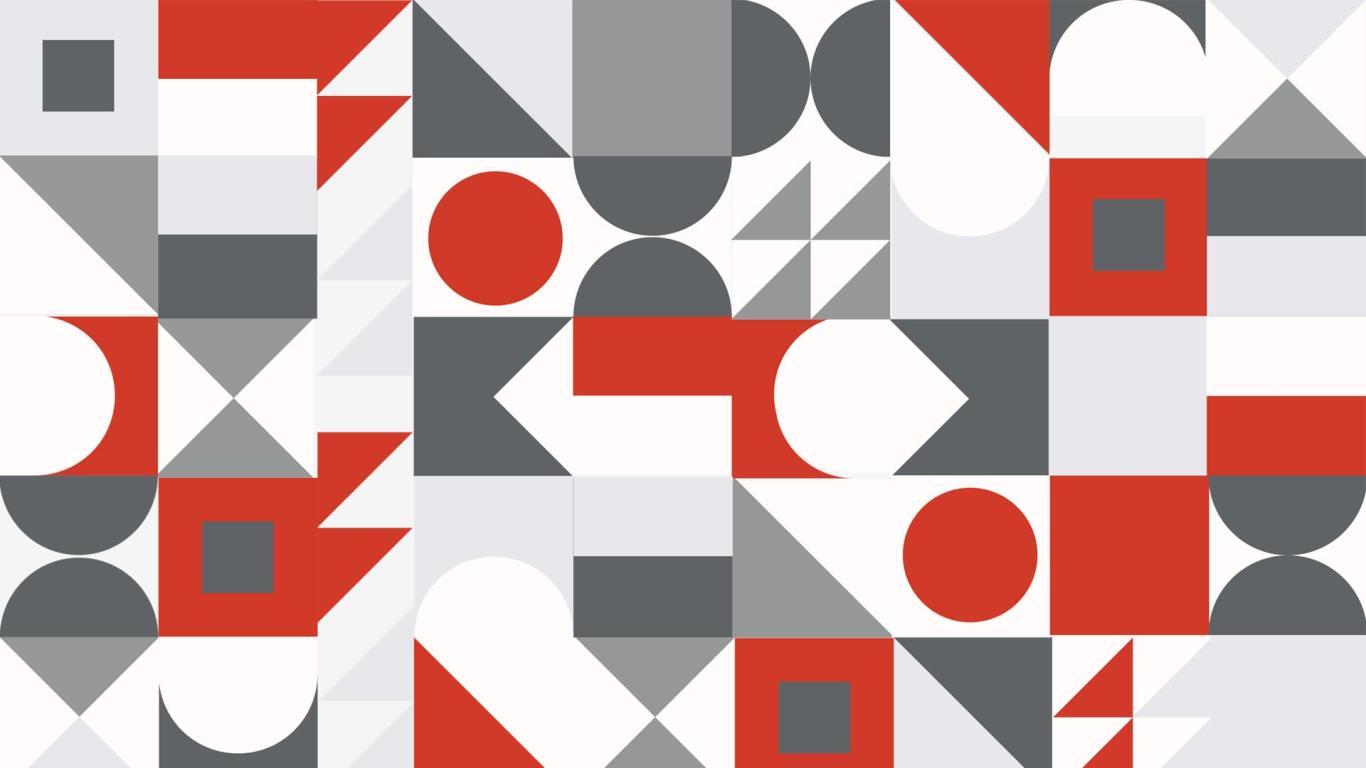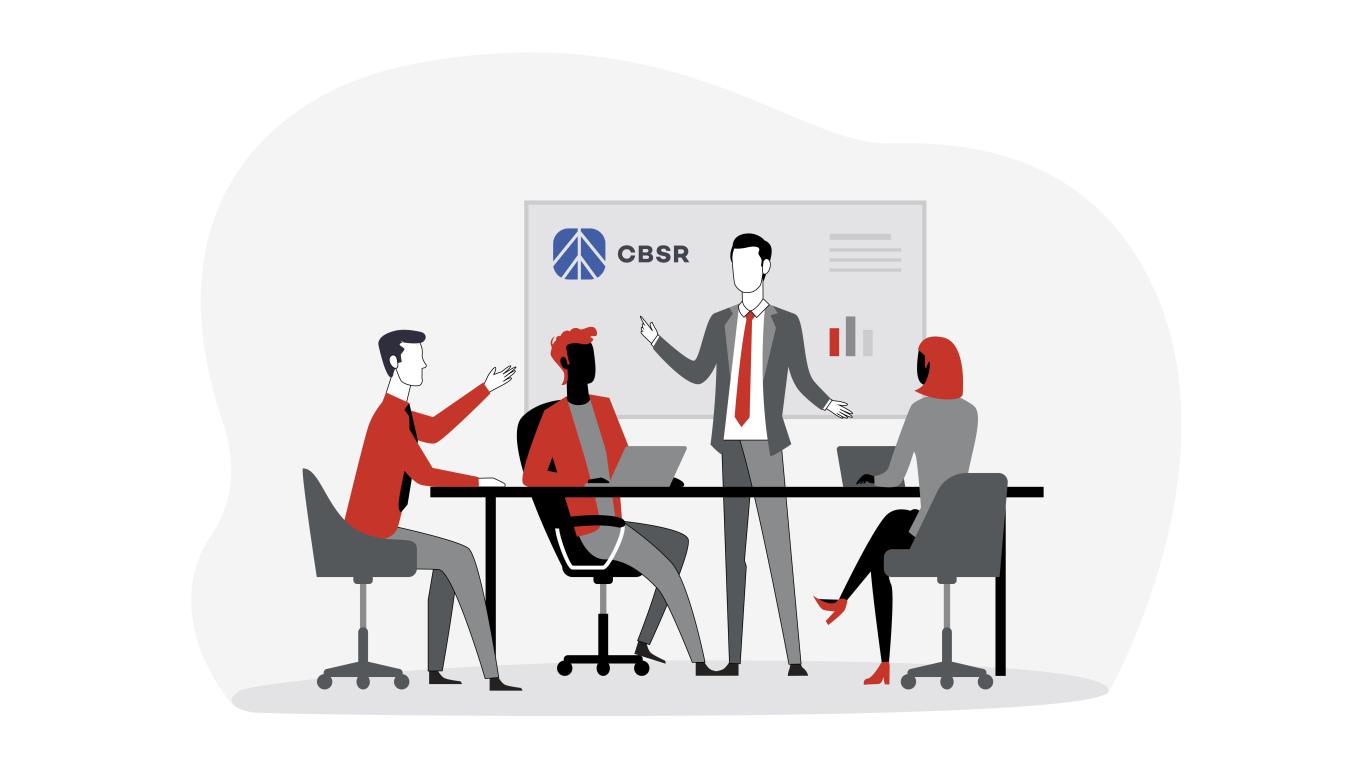Ask an Expert: Jennifer Prospero
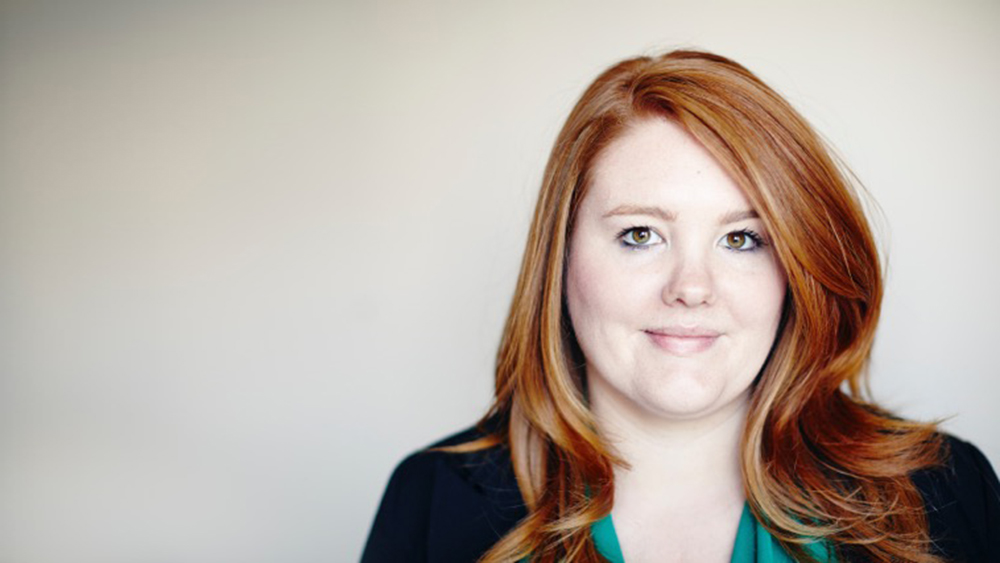
Jennifer Prospero was named to Corporate Knights’ 2017 Top 30 Under 30 in sustainability and we can see why. Fresh out of graduate school, Jennifer played a key role in securing Baffinland’s social and regulatory licence to operate the Mary River iron ore project in Nunavut. Today, Jennifer is working as a sustainability analyst for Sherritt, where her passion for stakeholder engagement is helping the company align its business goals with an industry-leading sustainability strategy. We spoke with Jennifer to learn more about her career experience and to see what advice she has for fellow sustainability professionals.
How did you find yourself working in sustainability for the mining industry?
I grew up in a very outdoorsy family, which led me to pursue my undergraduate degree in geography at the University of Victoria. I didn’t even know the word “sustainability” before UVic, but when I learned that companies were trying to do business better, I knew that I had a career direction. While doing my Master’s degree at the University of Toronto, I was offered a summer job at Baffinland working on their environmental assessment for the Mary River project. I knew then that I had found my niche: social, environmental and regulatory work plus world travel and fantastic people. It’s funny that after six years in academia, specifically in the social sciences, no one had really talked about the mining sector as a career opportunity. Mining typically recruits geologists, engineers, etc., but I urge anyone in social sciences to consider mining.
Diversity in the industry is a growing topic of conversation these days – particularly when it comes to women in mining. Why do you think it’s important to be a champion for women in the sector? What challenges do you see for women in the industry?
Diversity and inclusion is certainly a hot topic in the industry, and for a good reason. We are notoriously poor performers when it comes to the representation of women in particular, and as such, it can be a challenge to find female mentors at the executive level because there are too few. Organizations like Women in Mining and Women Who Rock are doing great things to connect women in the industry, but there is more work to be done. There have been MANY instances where I was the only woman in the room, and while I personally have felt very supported by the men I have worked for and with, this is certainly not the case for every woman. We need to address the reasons why women don’t enter the industry (perceptions about type of work and opportunities, flexible work schedules, etc.) and why they leave (little visibility at the executive level, gender pay gap, etc.).
As a sustainability professional, my attitude is always to be a part of the solution, and so, while I may struggle to find a female mentor, I want to make sure that I’m actively working to help rectify that problem for my future self and for young women coming up behind me. It’s important that we target the talent pipeline and our educational institutions so that we can recruit the best and brightest men, women and people from all backgrounds with differing abilities. That is part of the reason I love lecturing at colleges and universities and why I make myself visible as a woman in industry to the world outside of it.
Going back to your work with Baffinland, Corporate Knights highlighted your influence on what is still considered international best practice for stakeholder engagement. What lessons did you take away from that project? And how has that experience influenced your approach to sustainability today?
Often, industrial developers come at community consultation from the perspective of “This is why you need us,” especially when working with remote or impoverished communities. Working on the Mary River project taught me to instead actively listen to the concerns of community members and then try to find a way to address them. In doing so, we could hopefully convince people that development and their way of life could coexist. People want to be heard, but just listening isn’t enough. You have to demonstrate that you heard their concerns by acting on them. This lesson has translated very well into my work at Sherritt, a company that operates in Cuba, Madagascar and Canada. The approach needs to be the same.
What advice would you give fellow sustainability professionals looking to have a positive impact on their organization?
Working in sustainability is all about your relationships. Build strong ones across departments. Get on teams doing exciting projects. Support others in their roles. Reach out into your communities. Network! It will pay back to you a thousand times over.
Also, there are always a lot of new ideas in sustainability, but it’s important to take time to understand the pros and cons, and to have a business plan in place when pitching something new internally to your executive team. There is a good reason to do everything, but just because it’s new and exciting, doesn’t necessarily mean it’s going to work for your organization. That’s one of the best parts of working on the corporate side – you get to really know and understand the business.
At the other end of that work is the sustainability report. What best practices do you look for from a leading report?
- This is going to become a bigger challenge as more and more stakeholders expect information NOW. Mining companies are going to need to be responsive. It’s an operational and technological challenge, but good reports should be public when the information within them is still relevant.
- A strong narrative. Data is important and it should be accurate and verifiable, but what does it all mean? A report should answer questions like, Are you happy with your performance? Did you achieve anything significant this year? What was your strategy then and what is it going forward? Answering these questions genuinely is one of the hardest parts of producing a good report.
- I believe that the days of hard copy reports are numbered – except in the instances where stakeholders lack access, in which case hard copies are a must. Going digital makes achieving the first two best practices easier, because it allows us to be more responsive and gives us the tools to tell our story in engaging and interactive ways – with photography, video and animation.
I’m responsible for producing our annual sustainability report at Sherritt, and we are pushing to adopt many of these practices and improving each year. I’m always interested to hear what people think, so check it out and send us your feedback!
Do you have a great Sustainability journey to share? Get in touch with our Marketing Manager, Kate – if you’re a good fit, we’d love to interview you for our blog.
